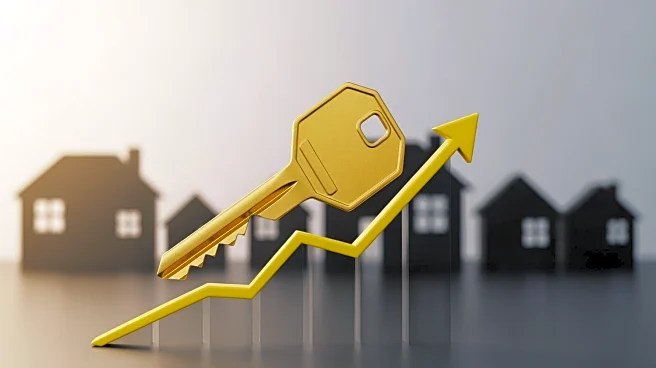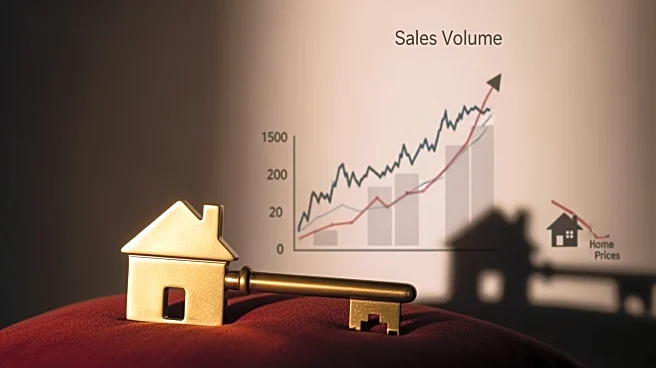What's Happening?
In Sheboygan County, Wisconsin, the median home sales price fell to $275,000 in August, a 10.9% decrease from July's median of $308,800. Despite this monthly decline, the median price was up 7.8% compared to August 2024's $255,000. Single-family homes
experienced a 9% drop in median selling price to $279,900 from $307,600 in July, yet saw a 9.8% increase from August 2024's median of $255,000. The county recorded three sales of single-family homes for $1 million or more, compared to one such transaction in August 2024. Condominiums and townhomes saw a significant decrease in sales price, dropping 27.4% to a median of $225,000 from $310,000 in July, and down 17.3% from August 2024's median of $272,000.
Why It's Important?
The decline in home prices in Sheboygan County may signal shifts in the local real estate market, potentially affecting buyer confidence and investment decisions. Lower prices could make the area more attractive to first-time buyers or those seeking affordable housing, impacting demand and market dynamics. The decrease in condominium and townhome prices might indicate a shift in consumer preferences or economic pressures affecting these property types. Understanding these trends is crucial for stakeholders, including real estate professionals and policymakers, as they navigate the evolving housing landscape.
What's Next?
As home prices fluctuate, real estate agents and developers may need to adjust strategies to align with changing market conditions. This could involve increasing the availability of affordable housing options or enhancing marketing efforts to attract buyers. Local government and policymakers might consider measures to stabilize the housing market and support economic growth. Monitoring future sales data will be essential to assess ongoing trends and inform decision-making in the real estate sector.
Beyond the Headlines
The decline in home prices could have broader implications for the local economy, potentially affecting property tax revenues and public services. Changes in housing affordability might influence demographic patterns, impacting local businesses and community resources. Additionally, the real estate market's performance can affect consumer confidence and spending, influencing broader economic conditions.













